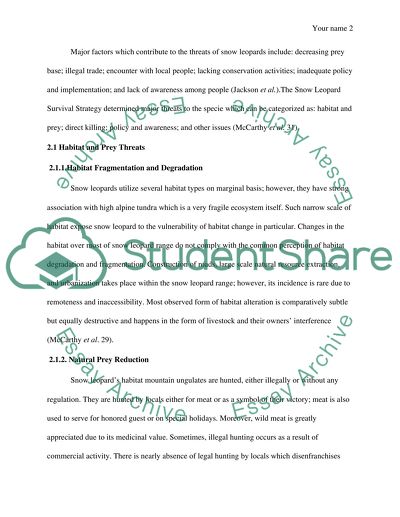Cite this document
(“Endangered Snow Leopard Research Paper Example | Topics and Well Written Essays - 1500 words”, n.d.)
Retrieved from https://studentshare.org/environmental-studies/1433900-snow-leopard
Retrieved from https://studentshare.org/environmental-studies/1433900-snow-leopard
(Endangered Snow Leopard Research Paper Example | Topics and Well Written Essays - 1500 Words)
https://studentshare.org/environmental-studies/1433900-snow-leopard.
https://studentshare.org/environmental-studies/1433900-snow-leopard.
“Endangered Snow Leopard Research Paper Example | Topics and Well Written Essays - 1500 Words”, n.d. https://studentshare.org/environmental-studies/1433900-snow-leopard.


